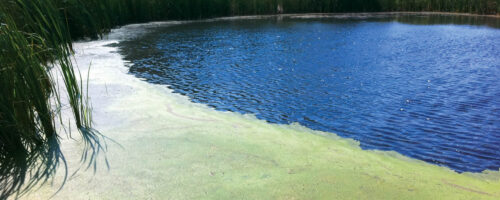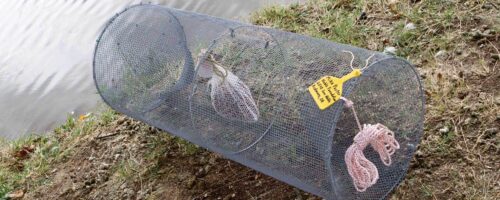Mourning dove is the most abundant dove species, the most abundant game bird and one of the most abundant songbirds in southern Oklahoma and northern Texas. Many people enjoy watching, feeding, photographing and hunting mourning dove. More people hunt dove in Texas and Oklahoma than hunt any other game species except deer. Yet, it is surprising how few landowners and land managers manage for dove.
Mourning dove abundance can be increased by providing suitable nesting, resting, watering and feeding habitat. They nest and rest in a variety of sites, including trees, shrubs, man-made structures and even on the ground. In this area, they tend to prefer nesting in trees and tall shrubs, so supplying a good abundance of these plants generally addresses nesting habitat. Trees, snags and utility lines typically provide resting habitat. Water management for mourning dove was addressed in Water Sources Can Be Managed to Benefit Mourning Dove.
Most mourning dove management is directed toward increasing food and feeding habitat. Mourning dove primarily eat seeds. Some of the most important foods include seeds of (listed alphabetically, not by preference) barnyard grass, bristle grasses, corn, crotons (also called doveweeds), some panicums, some paspalums, pigweeds, prickly poppies, some ragweeds, sorghum, some spurges, some sunflowers and wheat.
Mourning dove prefer to feed on bare ground and usually avoid thick vegetation or places with lots of thatch on the ground. Ideal food and feeding habitat management produces an abundance of preferred seeds with very little plant canopy above the ground and very little thatch on the ground.
There are basically two approaches to increasing dove foods:
- manage native or naturalized plant communities
- manage certain annually planted crops.
When managing native or naturalized plant communities, first identify a site with preferred plants present, especially crotons or common sunflower; if absent, find another site or plant a preferred species; fertilize, particularly with phosphate, when soil analysis and target plant species indicate a need; disturb the site during winter or early spring with disking or heavy grazing to encourage preferred plants; and, after seed production, reduce plant canopy cover and thatch with grazing, mowing or burning.
The most common crops managed for dove are wheat, sorghum, Peredovik sunflower and millets. The following example briefly addresses wheat management for dove: adequate nitrogen, phosphate, potassium and lime are applied according to soil analysis; wheat is planted during September or early October; wheat is left standing; and, finally, portions of the field are burned during summer to provide feeding sites and make food available. When managed for hunting, a planted site should be at least 10 acres in size because large numbers of dove are seldom attracted to small plots. For hunting purposes, most of a field should be burned during early to mid-August. Dove hunting is subject to migratory bird baiting regulations. Details about these regulations are available here: https://fws.gov/media/hunting-dove-hunting-and-baiting.



Comment